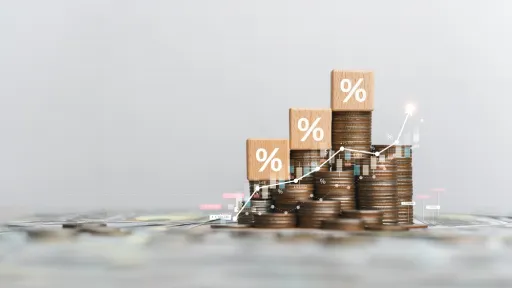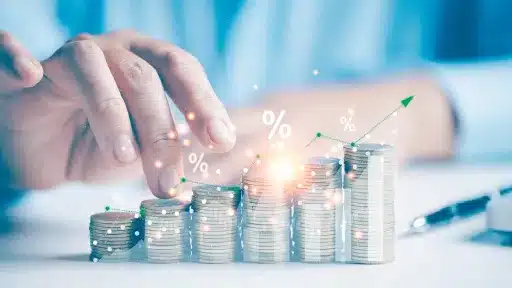In today’s fast-paced financial landscape, understanding your credit card’s cost is more important than ever. One of the most critical terms to grasp is “what is APR on a credit card.” This figure plays a pivotal role in how much you pay on your balances and can influence your overall financial health. With credit card debt on the rise, knowing what APR means can empower you to make smarter decisions, avoid unnecessary fees, and manage your finances more effectively.
What Is APR on a Credit Card?
APR stands for Annual Percentage Rate, which is the annualized interest rate charged on outstanding credit card balances. It represents the cost of borrowing money on your card over a year, expressed as a percentage. When you don’t pay off your credit card balance in full each month, the APR determines how much interest you’ll accrue.
Why Is APR Important?
Understanding what APR on a credit card means helps you:
- Calculate how much interest you will owe if you carry a balance.
- Compare different credit card offers objectively.
- Make informed decisions on managing your credit card usage.
- Avoid costly debt cycles by understanding the real cost of borrowing.
Types of APR on Credit Cards
Credit cards often come with multiple APR types. These can include:
- Purchase APR: Applied to purchases made with the card.
- Balance Transfer APR: Charged on balances transferred from another card.
- Cash Advance APR: Typically higher, this applies when you withdraw cash using your credit card.
- Penalty APR: A higher rate imposed if you miss payments or violate terms.
Each APR serves a different purpose, and recognizing these can help you manage costs better.
How Is APR Calculated?
The APR is derived from the periodic interest rate multiplied by the number of periods in a year. For credit cards, the periodic rate is often a daily or monthly rate based on the card’s terms. The formula can be summarized as:
APR = Periodic Interest Rate × Number of periods in a year
For example, if your daily periodic rate is 0.05%, your APR would be approximately 18.25% (0.05% × 365 days).
How Does APR Impact Your Credit Card Payments?
The APR directly affects how much interest accumulates on unpaid balances, which can significantly increase your debt if not managed well.
Interest Calculation on Purchases
If you pay your balance in full each month, most credit cards won’t charge purchase APR interest thanks to a grace period. However, if you carry a balance, your monthly interest charge is calculated using your APR.
Example:
- Balance: $1,000
- APR: 18%
- Monthly Interest Rate: 1.5% (18% ÷ 12 months)
- Interest for the month: $15
Over time, this interest can compound, increasing the amount you owe exponentially if not paid down.
Tips to Manage and Minimize APR Costs
Being aware of what APR on a credit card means is the first step. Here are practical tips to keep these costs under control:
- Pay your balance in full: Avoid interest charges by paying off your monthly statement completely.
- Shop for low APR cards: Look for cards offering promotional 0% APR or low standard APR rates.
- Understand penalty APR: Avoid late payments to prevent your APR from increasing.
- Use balance transfers wisely: Take advantage of 0% APR balance transfer offers but be aware of transfer fees.
- Monitor your credit score: Better credit scores often qualify for lower APRs.
Final Thoughts on What Is APR on a Credit Card
Knowing what is APR on a credit card equips you with a vital tool to navigate the complexities of credit effectively. This figure isn’t just a number—it reflects the cost of borrowing money and directly influences your financial wellbeing. By understanding different APR types and how they work, you can manage your credit cards more strategically and avoid debt traps. Always remember, the key to mastering credit card use lies in informed decisions, timely payments, and smart comparisons.


